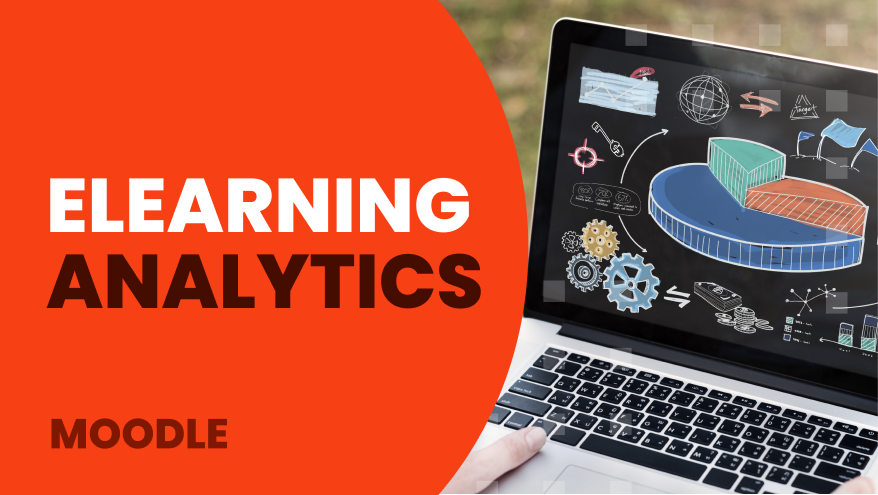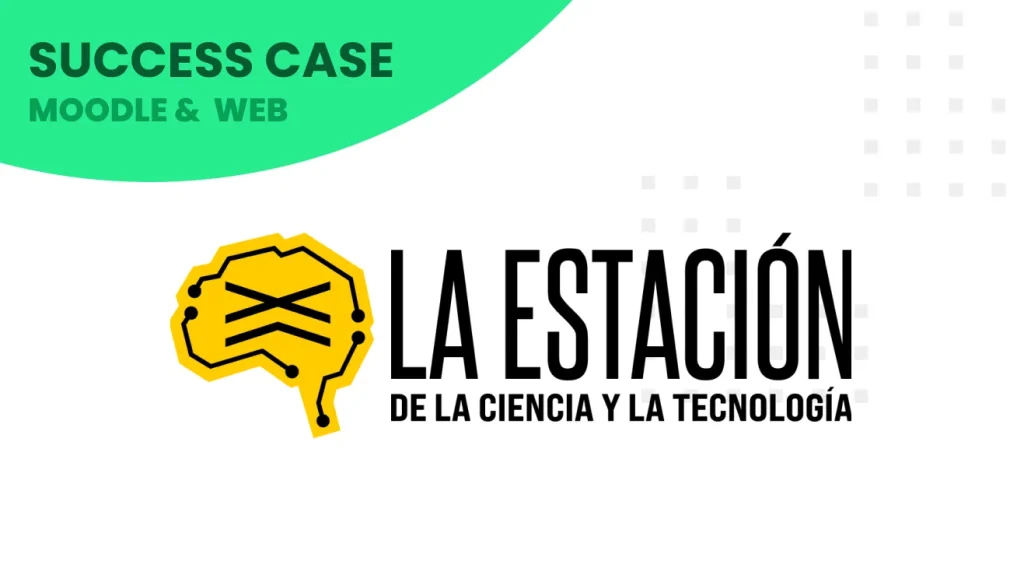Monitoring and maintaining student engagement is becoming increasingly important in educational environments. The results on tools, e-learning platforms, and methodologies of distance learning, which in recent years has had significant growth, becoming one of the most important e-learning trends in 2023.
What is elearning analytics?
Elearning analytics is defined as the set of techniques that analyze user-student behavior on the digital training platform. Con el resultado de este análisis, podemos crear nuevas estrategias de enseñanza en línea, e incluso personalizarlas para que tengan éxito.
What are the advantages of elearning Analytics in education?
Through data analytics, we can have a lot of information about how the student behaves in the execution of a course. Let’s take a look at the advantages of learning analytics.
- As the user interacts with the resources, we can know which activities are more appropriate for that group of learners and which are not.
- With the results of the evaluations or exams, we will distinguish if the school’s performance is adequate for the level we are considering.
- Lack of attendance will determine lack of motivation, lack of interest, problems with accessibility to the platform.
- We have the possibility to get real-time feedback from each student to know exactly what difficulties they are having at any given moment.
When we generate an educational environment, we must be attentive not only to the creation of digital content but also to how it interacts with them to know the level of student satisfaction with such content and with the LMS platform in general in order to be able to implement improvements that optimize learning.

Main analytics in eLearning
How do we measure this data? What are the points to be measured? We detail the most important ones in order to follow up with the student correctly.
Student satisfaction with the platform and with the e-learning content
With resources such as satisfaction surveys on course content, we will know what has worked and what to improve. This survey can be part of the course, being mandatory to complete it or offering some reward for its completion.
Student participation in the course
We measure user participation in a course through attendance, completion of training activities and time spent in each session. LMS platforms record every time the learner logs on. We have to take into account that it is possible that participation may be low and that only the mandatory educational activities to obtain the diploma or degree may have been completed.
Connection schedules to optimize results
Based on the statistics provided by the learning analytics performed previously, we can give some tips to optimize results:
- The session time to achieve 100% of the student’s attention is between 15 and 18 minutes.
- Key content. Prioritize what’s most important.
- Videos, no longer than 3 minutes.
- Divide courses by assessments to measure learning levels by topic.
- Short activity titles are more appealing than long titles.
Moodle Learning Analytics
Moodle has always been at the forefront of providing useful reports to analyze learning on the online platform, helping teachers to optimize elearning courses.
From Moodle 3.8 version it is possible to visualize data of students who have accessed in the last days or have not accessed since the beginning of the course. This gives us the possibility to contact the student and facilitate or encourage access.

The forum activity in Moodle indicates the level of student participation, as it indicates the number of discussions in which the student has participated or has initiated, responses, information shared, etc.
As you can see, it is important to make use of elearning analytics if we want to optimize the performance of our courses. In 3ipunt Solucions Informàtiques, we work with Moodle Elearning Analytics which helps us in our development of elearning content adapted to each type of training.





